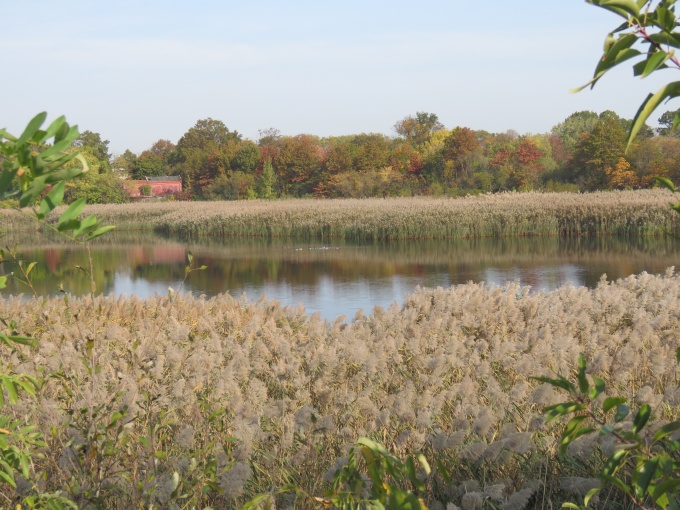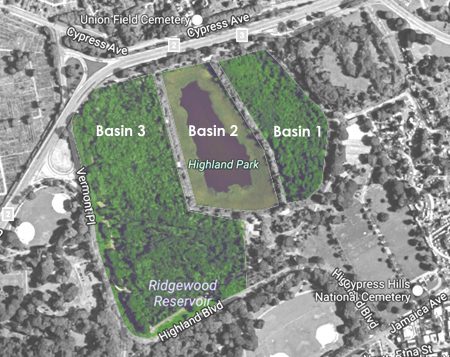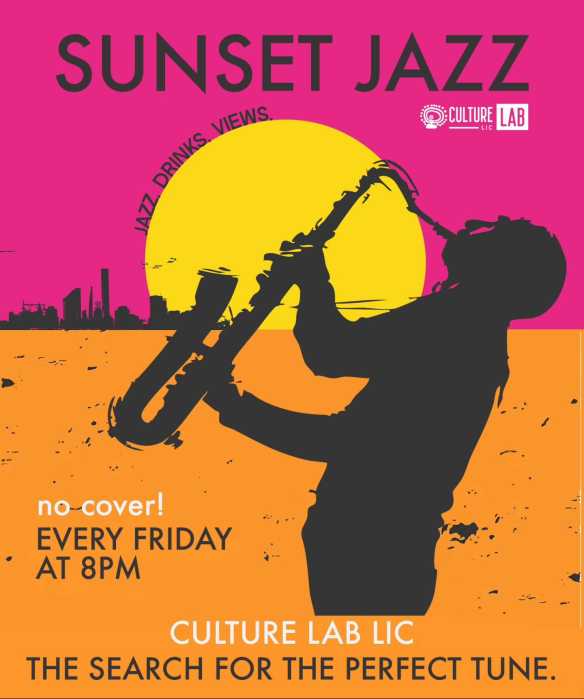
Basin 2 with gatehouse (via NYC H2O)
Jan. 7, 2019 By Laura Hanrahan
The historic Ridgewood Reservoir has at last been designated by the state as a wetland in a move that permanently protects the reservoir as a natural area after years of advocacy.
The state Department of Environmental Conservation designated the 50-acre reservoir on the border of Brooklyn and Queens as a Class 1 Freshwater Wetland in October.
The designation, which applies to areas where threatened or endangered species have been observed, comes 160 years after the reservoir was first built as a water supply basin for the then-independent city of Brooklyn.
Following its decommission by the 1980s, the reservoir in Highland Park had naturally turned into an oasis that is presently home to 175 species of plants, more than 160 species of birds, and dozens of other animals. Five of the species living there are classified as threatened or endangered.

Aerial map of the reservoir and its basins (via NYC H2O)
In the foliage, for instance, are the late-flowering and fringed boneset, along with the globe-fruited ludwigia. Also living among them are the short-eared owl and the pied-billed grebe.
NYC H2O, a nonprofit that focuses on the city’s water system, and one of the group’s behind efforts to protect the reservoir, noted that the wetlands also act as a “rest stop” for many species of birds during their migration.
“The Ridgewood Reservoir is a majestic place” NYC H2O’s Executive Director Matt Malina said in a statement. “Its Class I wetland designation protects it as an ecological treasure and allows the public to discover this treasure today and for generations to come.”
The new classification also drew wide support from elected officials in both Queens and Brooklyn.
“The designation of the Ridgewood Reservoir as a Class I freshwater wetland will help protect the beauty and historic significance of this neighborhood gem,” said State Senator Joseph P. Addabbo, Jr.
Calls to protect the reservoir and its three basins date back years ago. Wetland permits were filed nine years ago by the Highland Park-Ridgewood Reservoir Alliance after the group brainstormed with local activists and preservationists on how to protect the site.
“The Ridgewood Reservoir has been recognized as a unique place by environmentalists, preservationists, and the general public for many years,” said Christina Wilkinson, president of the Newtown Historical Society, one of the groups behind the effort. “For the past 11 years, members of the Highland Park-Ridgewood Reservoir Alliance worked together to convince the city and state to provide lasting protection and the state’s official wetlands designation validates all of our efforts.”
The reservoir was also named to the federal and state historic registers in 2018 and 2017, respectively.
Ground first broke on the Ridgewood Reservoir in 1856, and the surrounding area—then part of Cypress Hills—was soon renamed Ridgewood.
The reservoir began operating in 1859, and provided water to Brooklyn for nearly 100 years until the borough, having been incorporated into New York City years prior, was connected to the New York City water system.
In 1959, the reservoir was designated as a backup water supply, but, no longer serving any functional purpose, was drained in 1989.
One Comment







Thrilling News!